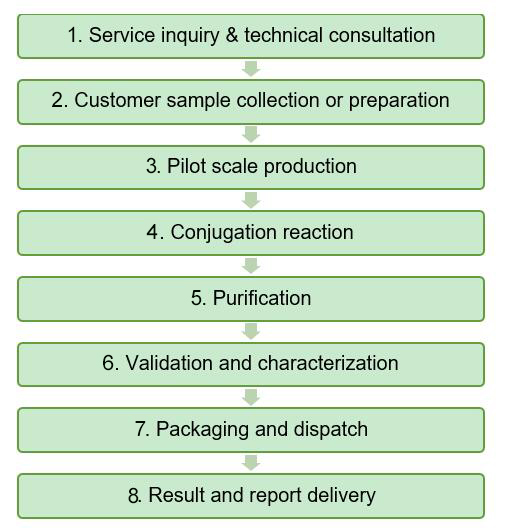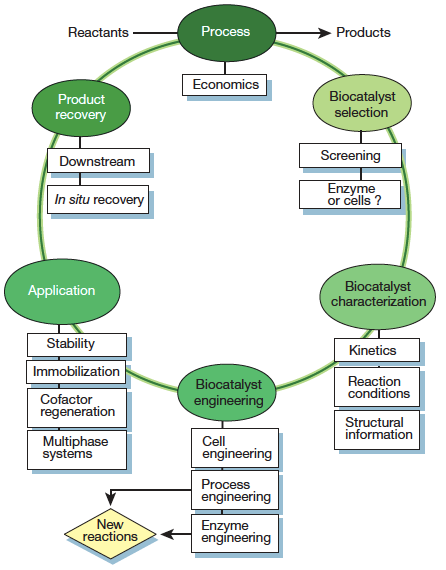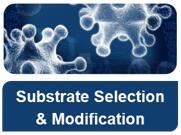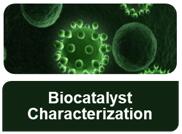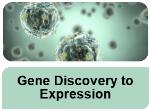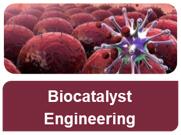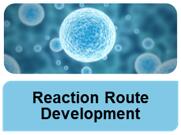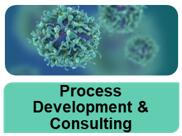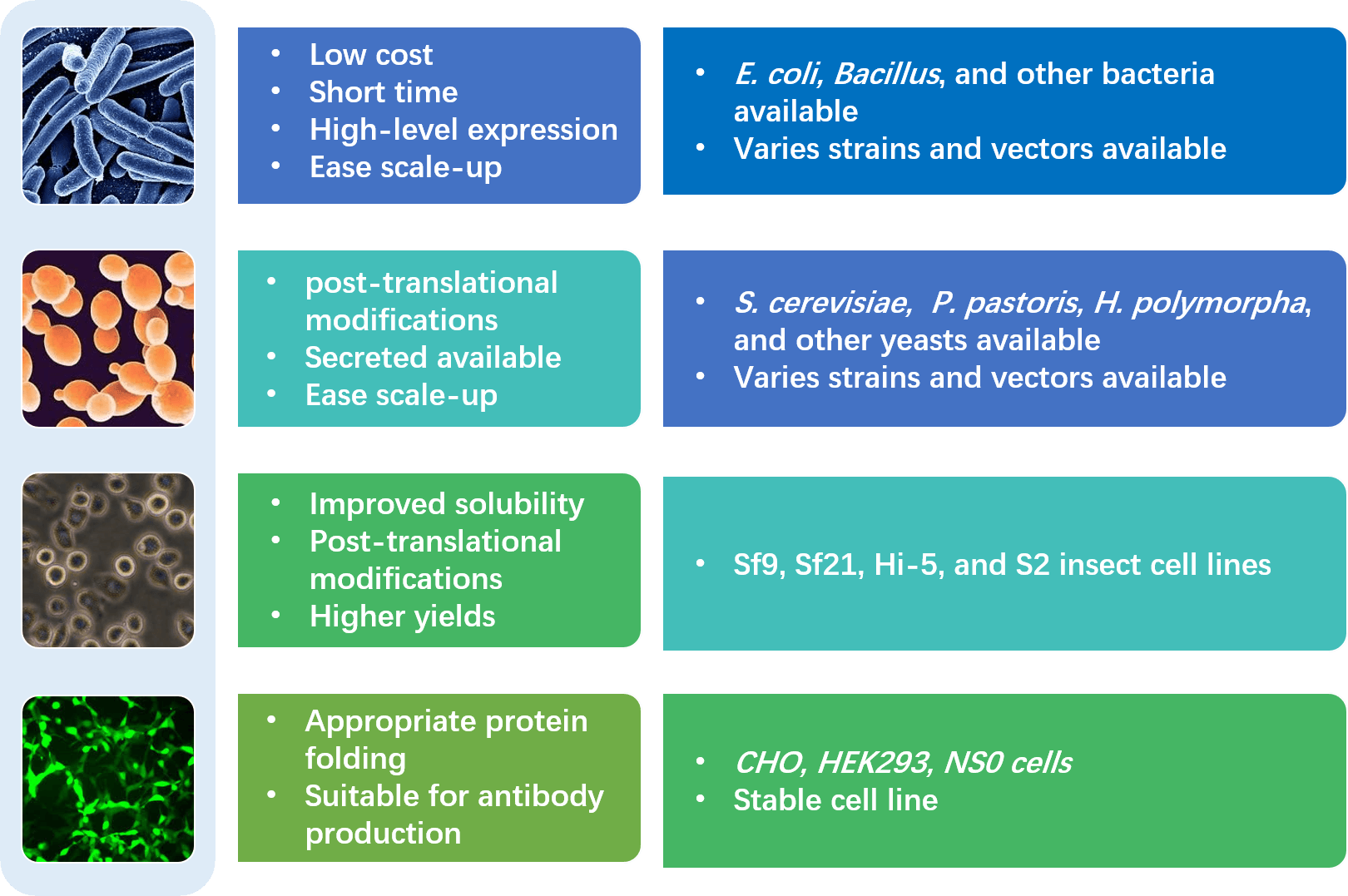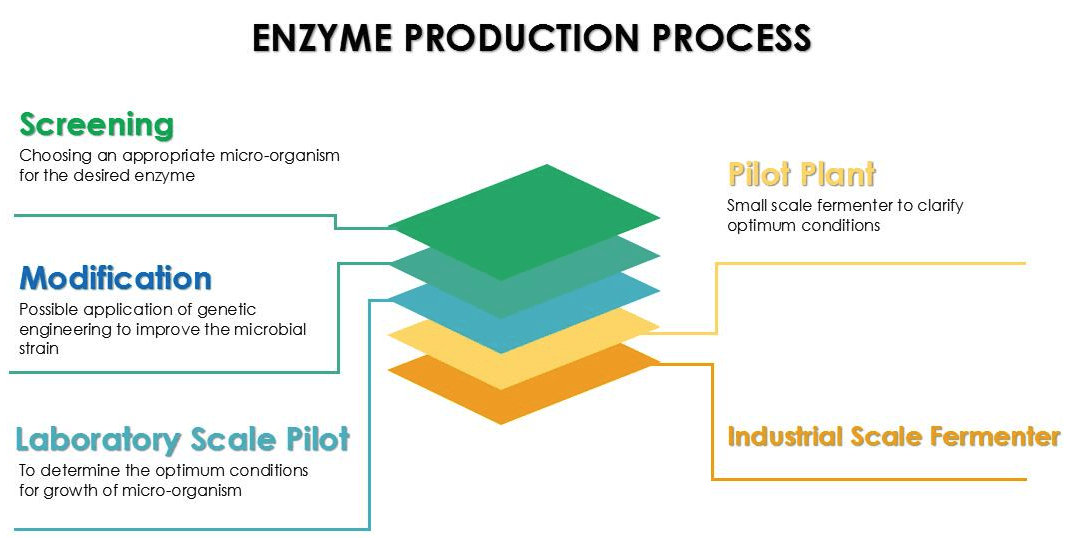Creative Enzymes is one of the few companies in the world that have the ability to supply a variety of zymogens. We are proudly composed of groups of brilliant scientists who are devoting themselves to high-grade products and satisfying services. Our products include different types of zymogens: human zymogens, bovine zymogens, and mouse zymogen. As a renowned supplier, Creative Enzymes offers the products with high quality and competitive cost performance. The unique and superior products distinguish Creative Enzymes from our competitors.
Zymogens are a group of proteins that display no catalytic activity but can be transformed into active enzymes within an organism. A zymogen is an inactive precursor of an enzyme, especially those that catalyze reactions involving the breakdown of proteins. Zymogens require a biochemical change, such as the change of configuration or a hydrolysis reaction to reveal the active site, to become an active enzyme. For this reason, a zymogen is also called a proenzyme.
Zymogens, rather than active enzymes, are typically secreted by the human body, because they can be stored and transported safely without harms to surrounding tissues, and released when conditions are favorable for optimal activity. Most of the digestive proteases produced in the pancreas are expressed as zymogens and retained in such form in zymogen granules. The contents of these granules are only released into the small intestine during eating, and the zymogens are only activated once they enter the small intestine. The latter step is initiated by an intestinal protease, enterokinase. For example, pepsin is synthesized in the form of pepsinogen, an inactive zymogen which is secreted by the chief cells. Pepsin becomes active once pH drops below 5, and works optimally at pH 2-3 in the acidic environment of the stomach. Activation of pepsinogen starts with the hydrocholoric acid (HCl), which is secreted by the parietal cells. The acid partially activates pepsinogen by drastically lowering pH. The partially activated pepsinogen is then completely activated and turned into pepsinby another pepsinogen through cleavage of a short peptide. Under rare circumstances, incorrect activation of these zymogens within the pancreas could result inpancreatitis and lead to devastating consequences.
Creative Enzymes serves the customers with all kinds of zymogens, which can be classified into three different sources: human, bovine, and mouse. Each species then can be subdivided into either one or more types of enzyme cascades, such as the coagulation cascade of prothrombin or protein C. The purity of all these products is above 90%, which is determined by SDS-PAGE analysis. These zymogens are considered to play critical roles in various biochemistry reactions such as calcium ion binding, peptidase activity, phospholipid binding, protein binding, and serine-type endopeptidase activity.
For many years, Creative Enzymes has been manufacturing and distributing a variety of enzymes and zymogens used in multiple research areas. By constantly striving for utmost quality, Creative Enzymes has earned the trust of countless customers, and is proud to offer highly sophisticated research products. Creative Enzymes is committed to achieving the highest level of customer satisfaction, and to continuously improving its products, services, and quality management.

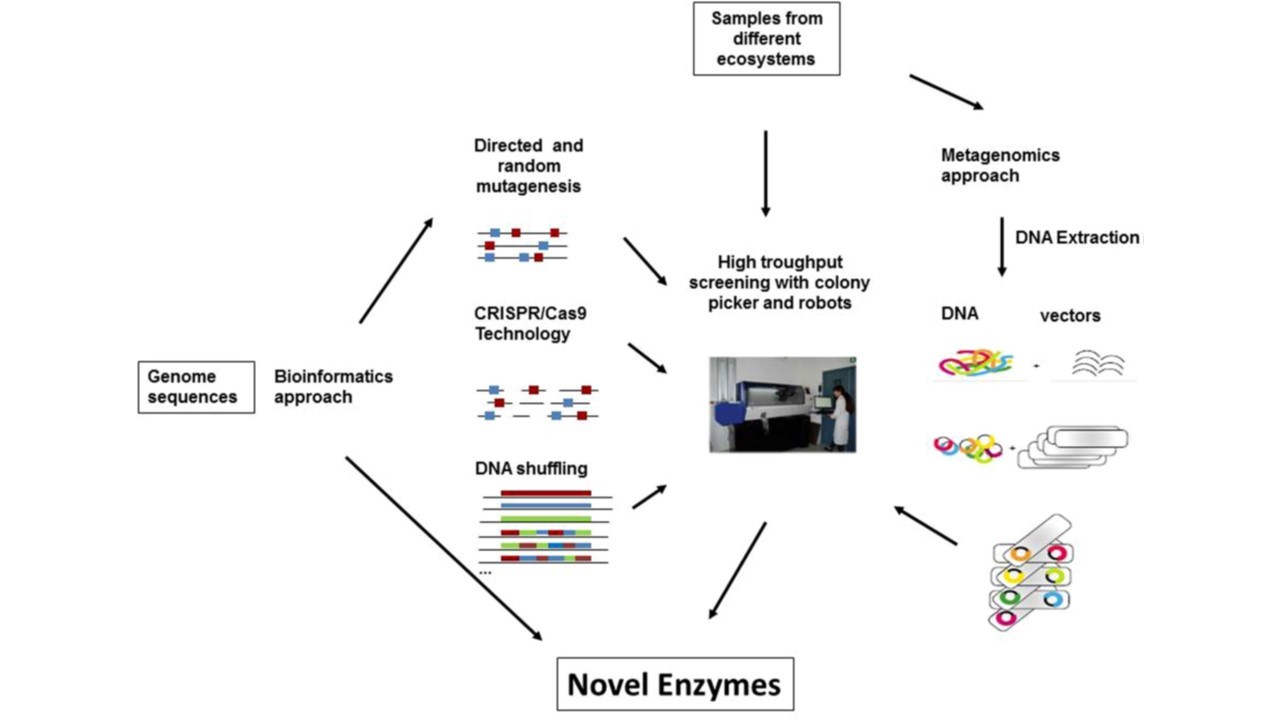 Figure 1. Main Strategies for Novel Enzymes Discovery
Figure 1. Main Strategies for Novel Enzymes Discovery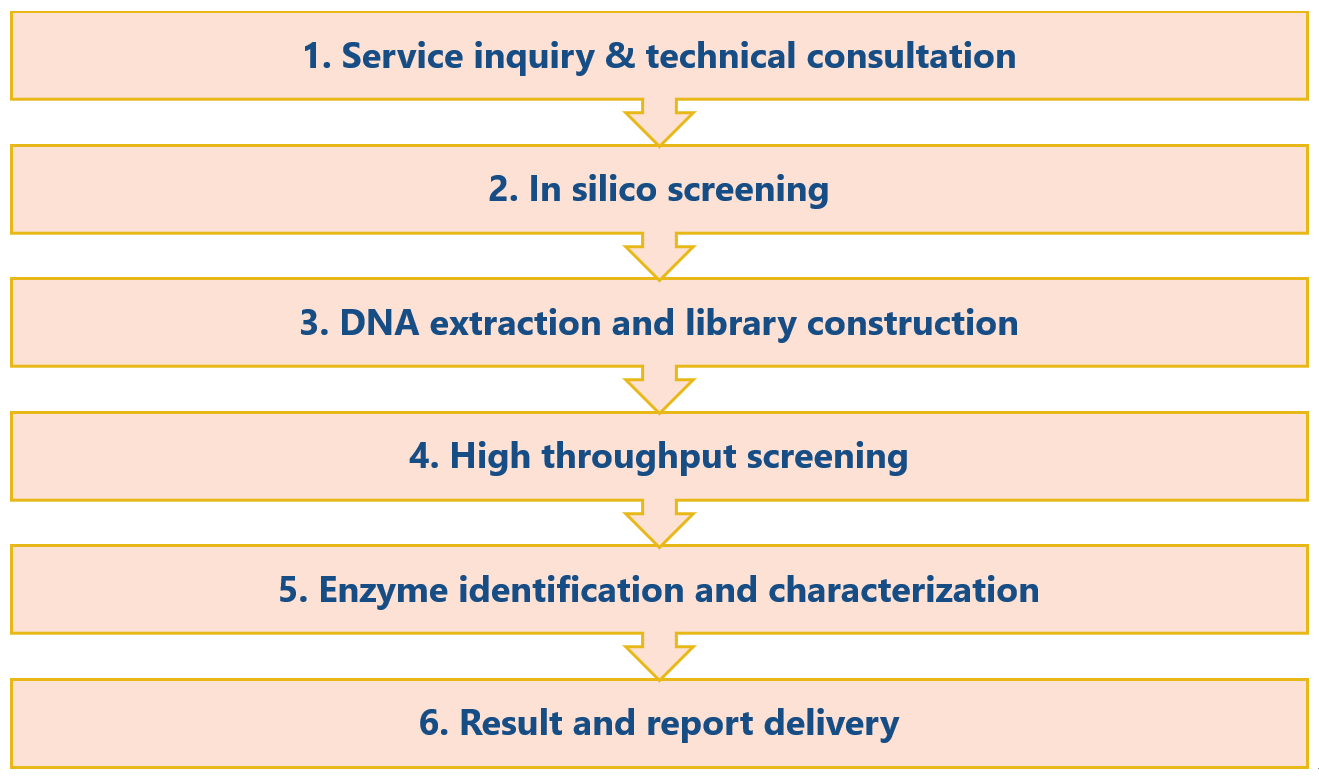



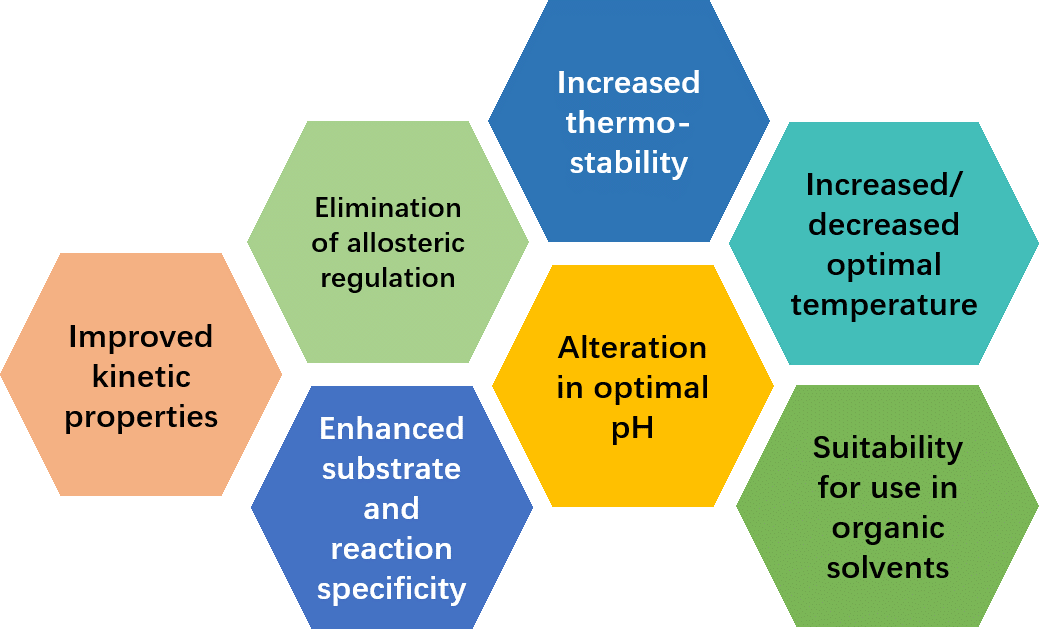
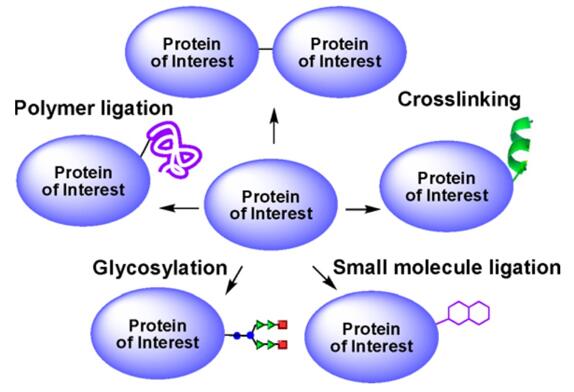 Figure 1 Protein conjugation with other molecules.
Figure 1 Protein conjugation with other molecules.